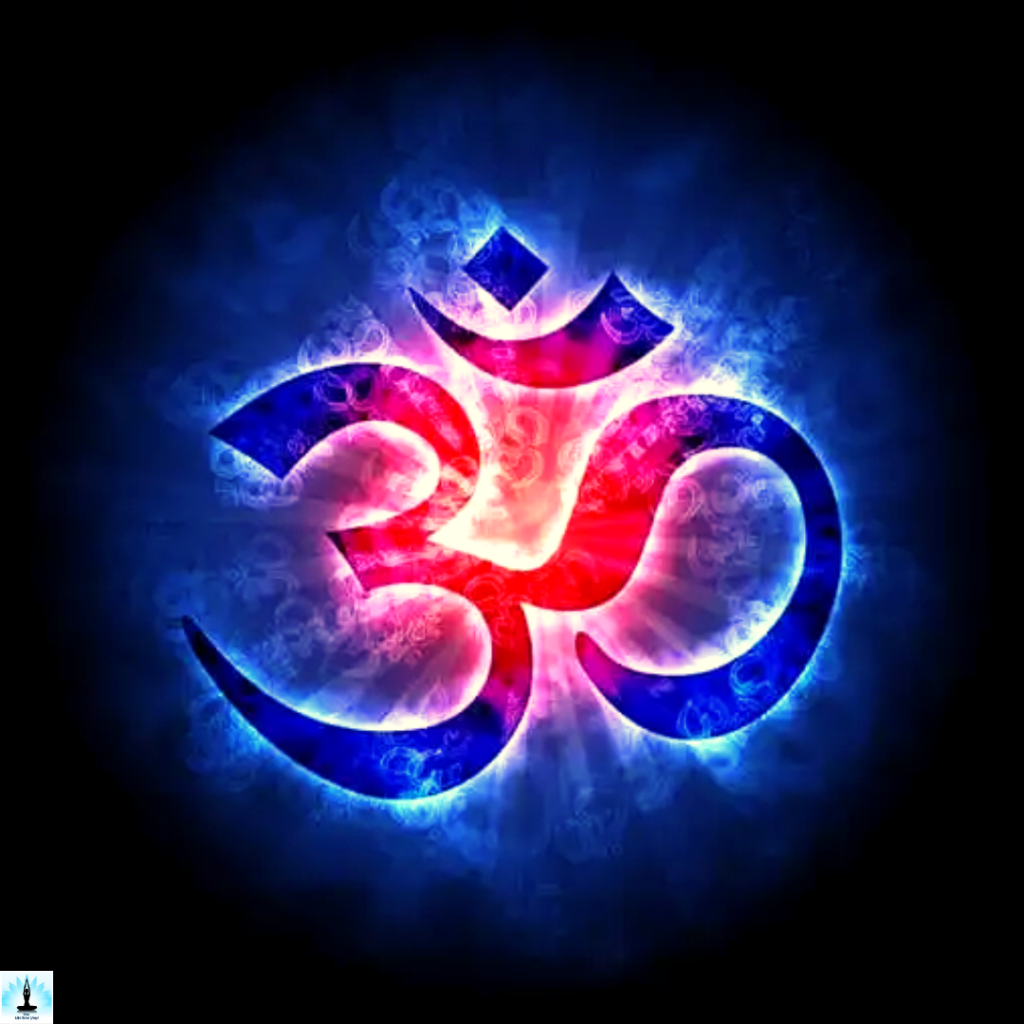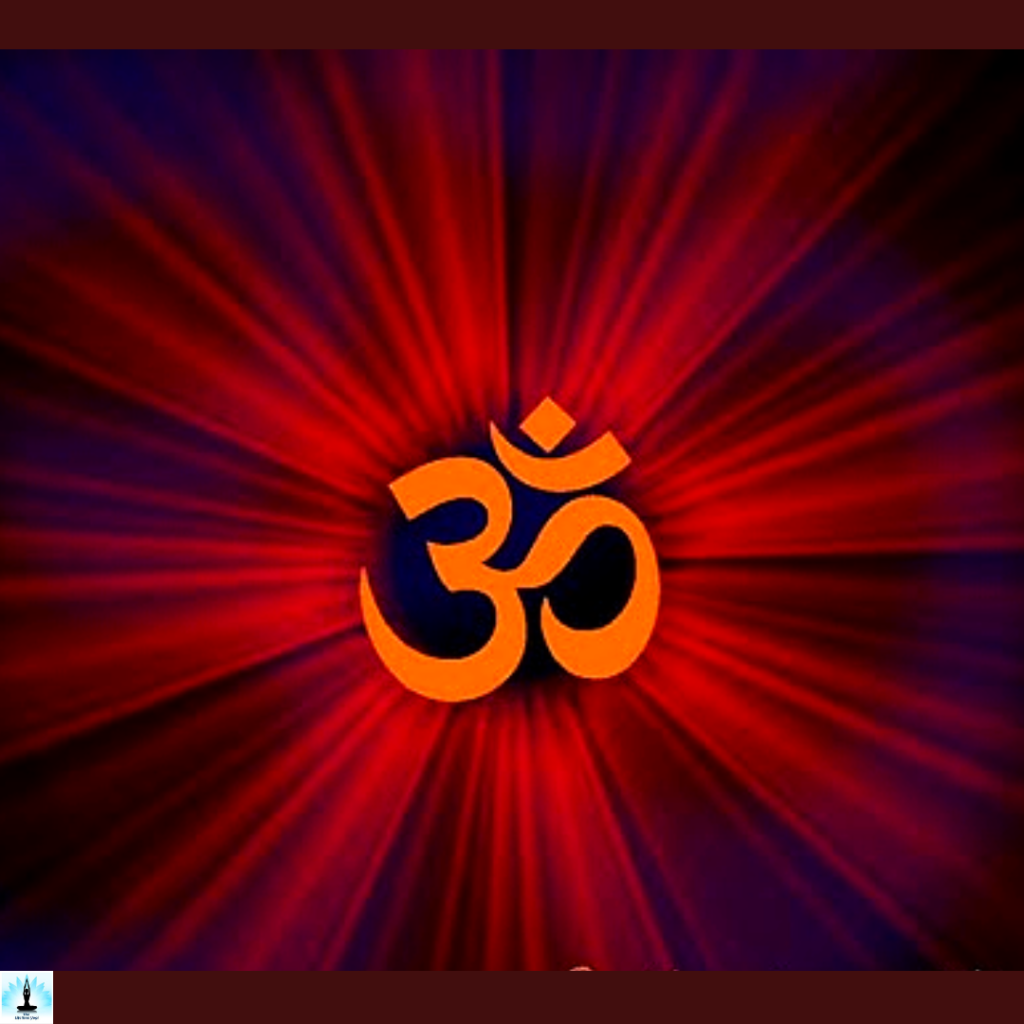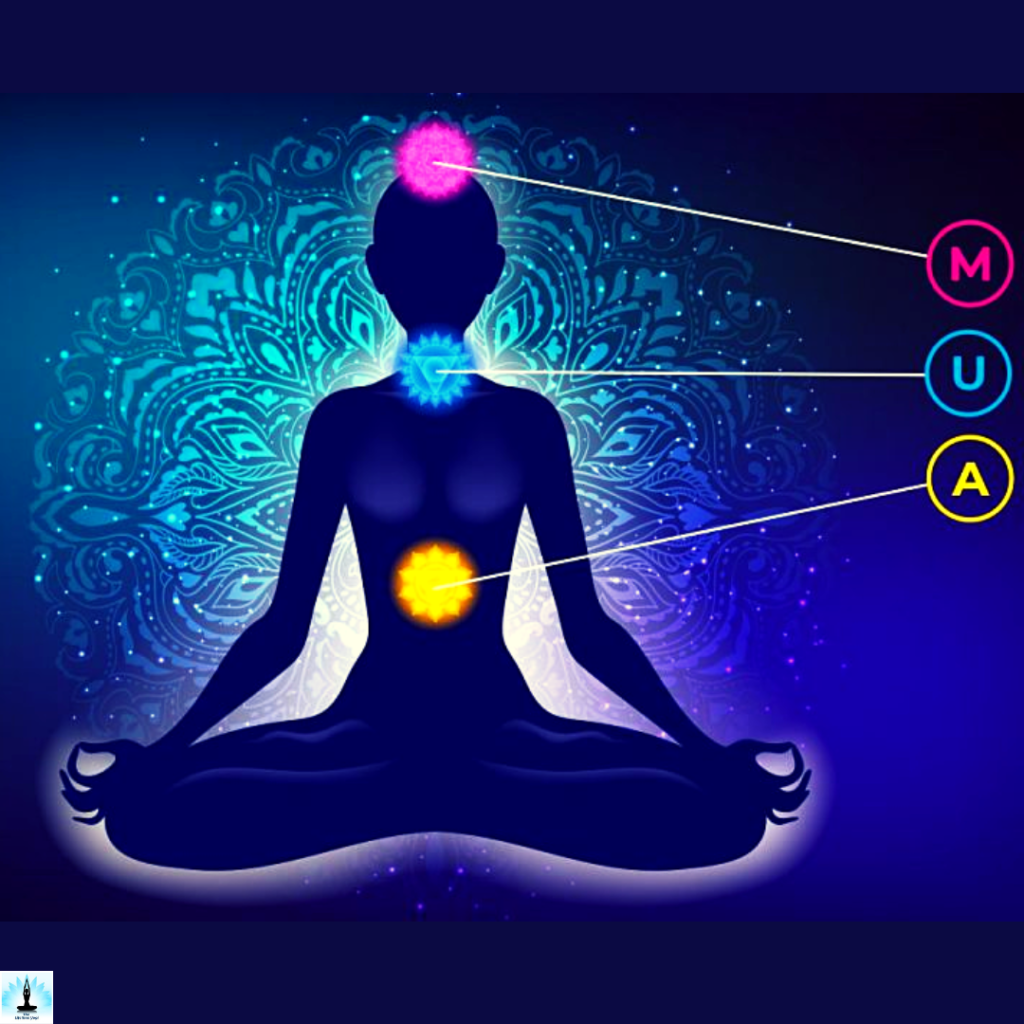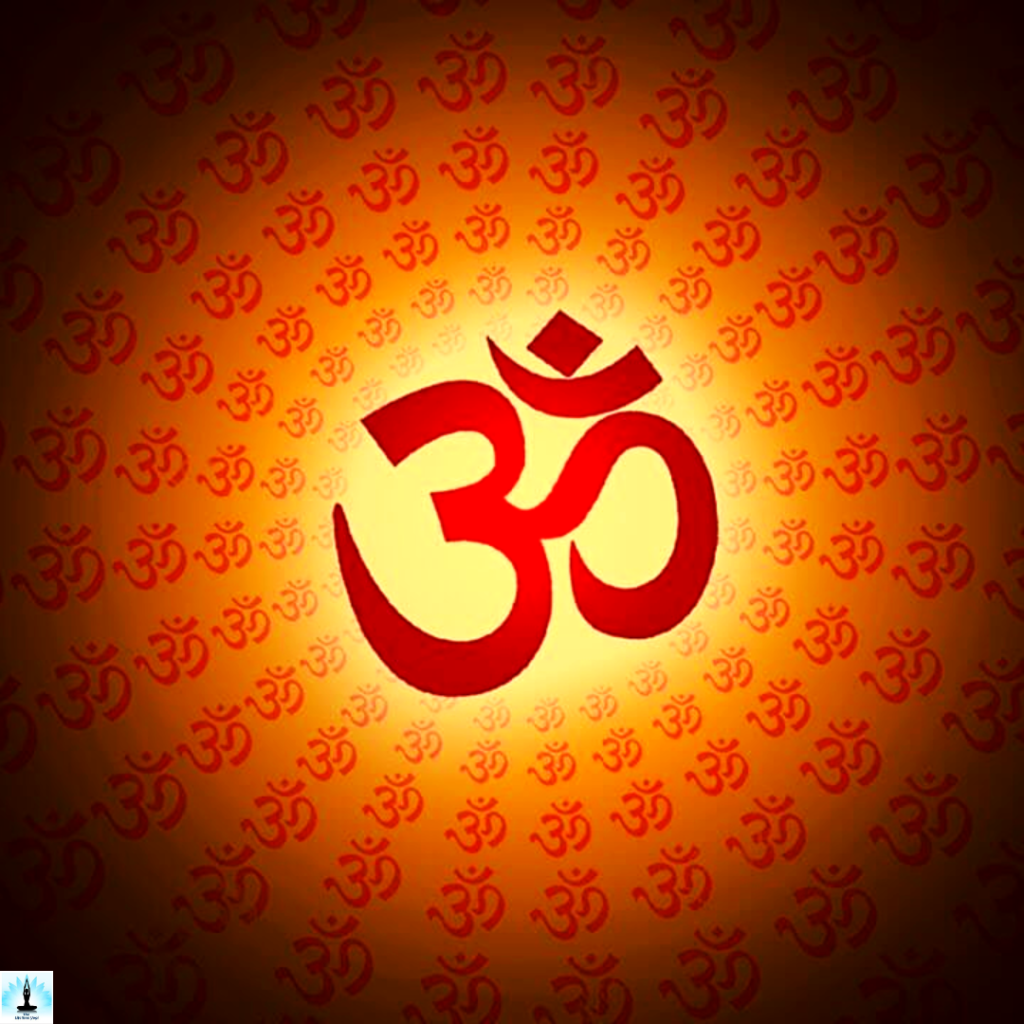Introduction – Significance Of Chanting Om Mantra in Brahma Muhurta | What Is the Best Time or Right Time to Chant “Om” Mantra?
The sacred sound of “Om” or “AUM” holds profound significance in Hinduism, Yoga, and various spiritual traditions. Chanting Om is believed to connect individuals with the universal consciousness, bringing about inner peace and spiritual elevation. While the practice of chanting Om is timeless, certain periods are considered more auspicious, enhancing the vibrational impact of this powerful mantra. Let’s explore the best times to chant Om for spiritual harmony and overall well-being.
Table of Contents
Significance of Chanting Om Mantra in Brahma Muhurta

What is Brahma Muhurta?
Brahma Muhurta, often referred to as the “ambrosial hours” or “the nectar of time,” is a sacred period in the early hours of the morning, approximately 1.5 hours before sunrise. In the rich tapestry of Hindu and yogic traditions, this specific timeframe is considered highly auspicious for spiritual practices and self-realization.
Chanting “Om” during Brahma Muhurta holds profound significance in the spiritual realm. “Om” is considered the primordial sound, representing the essence of the ultimate reality or Brahman. The predawn hours of Brahma Muhurta are charged with tranquility and spiritual energy, making it an opportune time for this sacred practice.
As the world awakens to the first light of day, chanting “Om” resonates with the cosmic vibrations, aligning the individual consciousness with the universal rhythm. The sound reverberates through the stillness, creating a harmonious atmosphere that facilitates a deep connection with one’s inner self and the divine.
Symbolism of Om | Which God symbol is Om?
The symbol “Om” (ॐ) is often associated with Lord Brahma, Lord Vishnu, and Lord Shiva, representing the Hindu Trinity known as Brahma, Vishnu, and Maheshwara (Shiva). Each component of “Om” corresponds to a different aspect of these deities:
A (अ): Represents Lord Brahma, the creator of the universe.
U (उ): Represents Lord Vishnu, the preserver and sustainer.
M (म): Represents Lord Shiva, the destroyer and transformer.
The silent or unpronounced fourth aspect of “Om” is said to symbolize the transcendental, formless reality or Brahman, the ultimate source and essence of all existence. “Om” is considered a sacred and universal sound, embodying the divine energy that permeates the entire cosmos in Hindu philosophy.
What Is the Best Time or Right Time to Chant “Om” Mantra?

The vibrations Om mantra and the sacred syllable are believed to purify the mind, body, and spirit, acting as a gateway to spiritual awakening and self-realization during these auspicious time considered in India from ancient times.
Chanting Om Mantra at Sunset and Sunrise
Symbolism: Chanting AUM during sunrise signifies the awakening of the inner self and the emergence of spiritual light. Sunset, on the other hand, represents a time of reflection and surrender. Both moments serve as potent opportunities for aligning with the rhythm of the universe through AUM.
Chanting Om Mantra During Meditation and Yoga Practices
Enhanced Focus: Integrating AUM into meditation or yoga sessions amplifies the overall impact of these practices. The mantra’s resonance helps in centering the mind, fostering a deep sense of concentration, and facilitating a connection with the divine.
Chanting Om Mantra Before Bedtime
Calming Effect: Chanting AUM before bedtime induces a sense of tranquility, promoting a restful sleep. The mantra’s vibrations are believed to soothe the mind and release accumulated stress, contributing to overall mental and emotional well-being.
Chanting Om Mantra in Rituals, Festivals and Auspicious Occasions
Elevated Spiritual Atmosphere: During festivals, auspicious days, or personal ceremonies, chanting AUM enhances the sacredness of the environment. The collective vibrations created during group chanting amplify the spiritual energy.
What Happens When You Chant Om For 30 Minutes?
Chanting “Om” for an extended period, such as 30 minutes, can lead to profound effects on the mind, body, and spirit. The rhythmic repetition of this sacred sound induces a meditative state, promoting relaxation and reducing stress. As the vibrations of “Om” resonate through the vocal cords and into the body, it is believed to positively influence the nervous system, calming the mind and enhancing mental clarity. The extended practice allows individuals to delve deeper into a meditative trance, facilitating a sense of inner peace and spiritual connection.
Which Chakra Is Activated by Chanting Om?

Chanting “Om” is believed to activate and resonate with the Ajna Chakra, also known as the third eye chakra.
The Ajna Chakra is located in the space between the eyebrows and is associated with intuition, insight, perception, and higher consciousness.
Chanting “Om” stimulate and balance this energy center, promoting mental clarity, spiritual awakening, and a heightened sense of awareness.
The vibrations created by the repetition of “Om” are said to help align and activate the subtle energy channels in the body, fostering a sense of inner harmony and connection with the spiritual dimensions.
Why Is Om Mantra is Most Powerful? | 6 Amazing Benefits of Om Chanting | What Are the Benefits of Chanting “Om” Or “Aum” Mantra Regularly?

“Om” is considered the most powerful mantra in various spiritual traditions due to its profound significance and vibrational impact. The power of “Om” lies in its universal symbolism and the way it encapsulates the essence of existence. Here are some reasons why “Om” is regarded as the most powerful mantra:
- Universal Sound: “Om” is considered the primordial sound of the universe, representing the creation, preservation, and dissolution of everything. It is seen as the sound that resonates through the cosmos.
- Symbol of Oneness: The symbol “Om” (ॐ) represents the unity of the three main aspects of existence – the waking state (A), the dream state (U), and the deep sleep state (M). The silence that follows the chanting signifies the transcendent state beyond these.
- Vibrational Energy: The chanting of “Om” produces a specific vibration that is believed to harmonize the physical, mental, and spiritual aspects of an individual. This resonance is thought to positively influence the entire being.
- Connection with the Divine: Many spiritual traditions believe that “Om” connects individuals with the divine, serving as a bridge between the individual soul and the universal consciousness.
- Soothing and Calming Effect: The rhythmic chanting of “Om” has a calming effect on the mind and nervous system. It is often used in meditation to induce a state of tranquility and mindfulness.
- Chakra Activation: Each component of “Om” corresponds to different chakras in the body. Chanting is believed to activate and balance these energy centers, promoting overall well-being.
- In essence, the power of “Om” lies in its ability to encapsulate the universal truths and provide a transformative and elevating experience for those who chant or meditate upon it.
How Long Should One Chant “Om” Continuously?
The duration for chanting “Om” continuously can vary based on individual preferences and goals. Some practitioners incorporate short sessions of 5-10 minutes into their daily routine, while others engage in more extended sessions of 15-30 minutes or even longer during meditation or spiritual practices. The key is to find a duration that feels comfortable and sustainable for the individual. Consistency and focused intention are often more important than the specific duration.
How Many Times Should You Om Chant Daily for A Positive Result?
The frequency of daily “Om” chanting depends on personal preferences, time availability, and spiritual goals. Many people find benefit in chanting “Om” at least once a day, while others incorporate multiple sessions into their routine. Some traditions recommend chanting “Om” 108 times, as this number holds significance in many spiritual practices. However, the emphasis should be on the quality of chanting and the intention behind it rather than a rigid count. Consistency and genuine connection with the mantra are key factors for positive results.
What Happens If We Chant Om Daily?
Chanting “Om” daily is believed to have numerous positive effects on the mind, body, and spirit. It can promote a sense of calmness, reduce stress, and enhance mental focus. Regular practice is thought to harmonize the energy centers in the body (chakras) and bring balance to one’s overall well-being. The vibrational resonance of “Om” is said to create a positive impact on the nervous system, fostering a sense of inner peace and spiritual connectedness. Over time, daily chanting may contribute to a more mindful and centered way of living.
How Om Chanting Changed My Life?
Personal experiences with “Om” chanting changed the perspective of my life, also many individuals report transformative effects on their lives. For some, regular chanting has been a source of solace during challenging times, providing a sense of inner strength and resilience.

Others describe heightened spiritual awareness, increased mindfulness, and a deeper connection to their inner selves. “Om” chanting is not merely a vocal exercise but a profound tool that has the potential to bring about positive shifts in perception, consciousness, and the overall quality of life.
FAQs on “What Is the Best Time or Right Time to Chant ‘Om’ Mantra?”
Q1: Is There a Specific Time Recommended for Chanting The ‘Om’ Mantra?
A1: While there isn’t a rigid rule, early mornings, especially during Brahma Muhurta (the ambrosial hours before sunrise), are considered auspicious for chanting ‘Om.’ The serene atmosphere at this time is believed to enhance the spiritual impact of the mantra.
Q2: Can ‘Om’ Be Chanted at Any Time During the Day?
A2: Yes, ‘Om’ can be chanted at any time. The morning is often preferred for its calmness, but chanting during other times can also be beneficial. Consistency and sincerity in practice are more crucial than a specific time.
Q3: Is There a Connection Between the Lunar Phases and Chanting ‘Om’?
A3: Some practitioners believe that chanting ‘Om’ during the waxing moon phase, especially on full moon days, amplifies its positive effects. The increased lunar energy is thought to enhance the vibrational impact of the mantra.
Q4: Can ‘Om’ Be Chanted Before Bedtime?
A4: Chanting ‘Om’ before bedtime can be calming and aid in relaxation. It may help clear the mind and create a peaceful atmosphere conducive to a restful night’s sleep.
Q5: Are There Specific Guidelines for Chanting ‘Om’ For Beginners?
A5: Beginners can start by chanting ‘Om’ for a few minutes daily, gradually increasing the duration. Consistency is key. It’s essential to chant with focus, understanding the resonance of the mantra.
Q6: Can ‘Om’ Be Chanted Silently or Mentally?
A6: Yes, ‘Om’ can be chanted silently or mentally. The internalization of the mantra can deepen the meditative experience, making it a powerful practice even without vocalization.
Q7: Is There a Specific Significance to Chanting ‘Om’ During Sunrise?
A7: Chanting ‘Om’ during sunrise is considered spiritually significant. The rising sun symbolizes new beginnings, and the tranquil energy at this time complements the transformative nature of the mantra.
Q8: Can ‘Om’ Chanting Be Done During Menstruation?
A8: There are no restrictions on ‘Om’ chanting during menstruation. It’s a personal choice. Some women find it comforting, while others may prefer a break during this time. Individual comfort and intuition guide the practice.
Conclusion
In the tapestry of spiritual practices, the chanting of AUM serves as a timeless thread, weaving together the seeker’s journey toward self-realization. Whether during the serene Brahma Muhurta, the dynamic moments of sunrise and sunset, or the contemplative stillness before bedtime, the resonance of AUM has the power to elevate consciousness. By choosing the right moments to chant AUM, individuals can tap into the harmonizing frequencies of the universe, fostering spiritual growth and inner peace on their transformative path.
References
- Jones, Constance; Ryan, James D. (2006). Encyclopedia of Hinduism. Infobase Publishing. pp. 319–20. ISBN 978-0-8160-7564-5.
- Beck, Guy L. (2012). Sonic liturgy: ritual and music in Hindu tradition. Columbia: University of South Carolina Press. p. 25. ISBN 978-1-61117-108-2. OCLC 824698506.
- Wilke, Annette; Moebus, Oliver (2011). Sound and Communication: An Aesthetic Cultural History of Sanskrit Hinduism. Berlin: De Gruyter. p. 435. ISBN 978-3110181593.
- James Lochtefeld (2002), “Om”, The Illustrated Encyclopedia of Hinduism, Vol. 2: N-Z, Rosen Publishing. ISBN 978-0823931804, page 482
- Holdrege, Barbara A. (1996). Veda and Torah: Transcending the Textuality of Scripture. SUNY Press. p. 57. ISBN 978-0-7914-1640-2.
- “Om“. Merriam-Webster (2013), Pronounced: \ˈōm\
- David Leeming (2005), The Oxford Companion to World Mythology, Oxford University Press, ISBN 978-0195156690, page 54
- Hajime Nakamura, A History of Early Vedānta Philosophy, Part 2, Motilal Banarsidass, ISBN 978-8120819634, page 318
